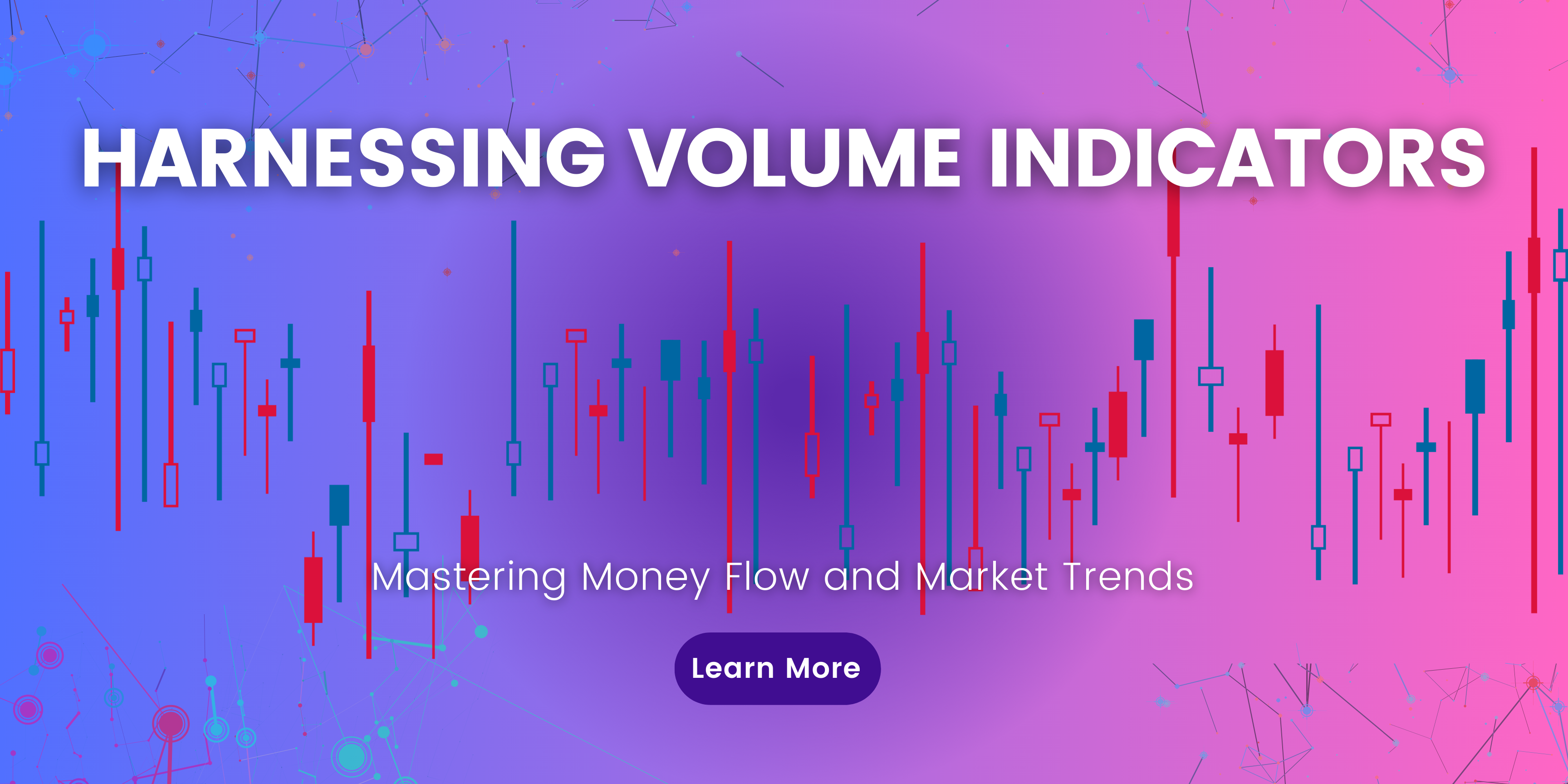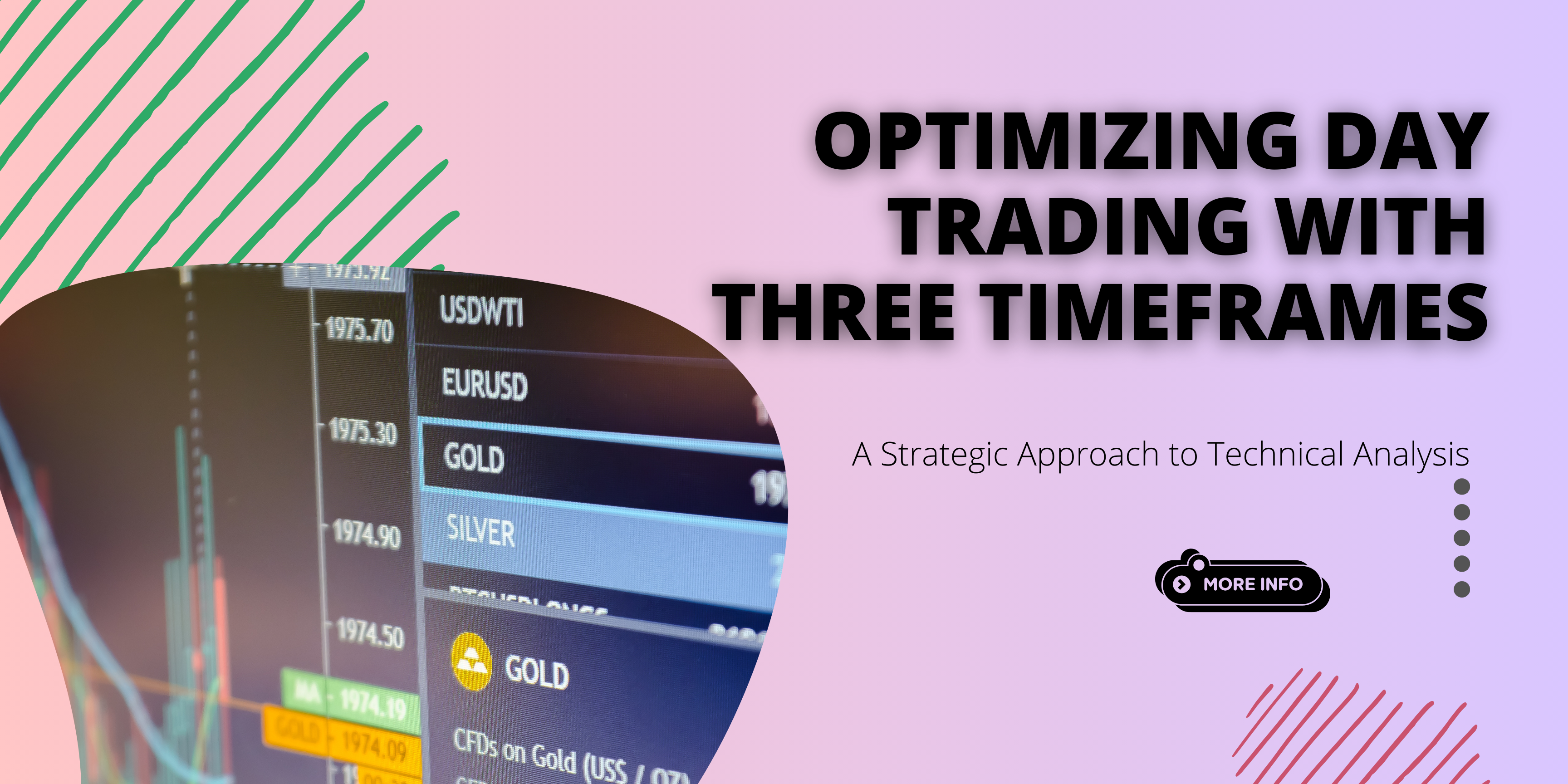Dive into the world of Forex trading, the largest financial market globally. Learn the basics, advantages, and strategies for navigating the currency exchange market successfully.Forex trading, or foreign exchange trading, represents the pinnacle of financial markets in terms of volume, liquidity, and the sheer global scale of operations. This dynamic market enables the exchange of …
Understanding Forex Trading: The World’s Largest Financial Market

Dive into the world of Forex trading, the largest financial market globally. Learn the basics, advantages, and strategies for navigating the currency exchange market successfully.
Forex trading, or foreign exchange trading, represents the pinnacle of financial markets in terms of volume, liquidity, and the sheer global scale of operations. This dynamic market enables the exchange of one currency for another, determining the relative value of currencies worldwide. This article offers a comprehensive overview of Forex trading, highlighting its unique aspects, advantages, and strategies for both novice and experienced traders.
The Basics of Forex Trading
Forex trading involves buying one currency while selling another, based on the prediction of how currencies will fluctuate against each other. Currency values are influenced by a myriad of factors, including economic indicators, geopolitical events, and market sentiment. Unlike other financial markets, Forex operates 24 hours a day, five days a week, reflecting the global nature of currency trading.
Major Currency Pairs
- EUR/USD (Euro/US Dollar)
- USD/JPY (US Dollar/Japanese Yen)
- GBP/USD (British Pound/US Dollar)
- USD/CHF (US Dollar/Swiss Franc)
These pairs are among the most traded in the Forex market, offering high liquidity and lower spreads.
Advantages of Forex Trading
- High Liquidity: Due to the massive trading volume, the Forex market offers high liquidity, making it easy to buy and sell currencies without significant price changes.
- Market Accessibility: Forex trading is accessible around the clock, allowing traders from all over the world to participate at their convenience.
- Low Entry Barrier: Compared to other markets, the Forex market requires a relatively low initial capital, making it accessible to a broader range of investors.
- Leverage: Forex brokers offer leverage, allowing traders to control large positions with a relatively small amount of capital, amplifying both potential profits and losses.
Forex Trading Strategies
Fundamental Analysis
This strategy involves analyzing economic indicators, central bank policies, and political events to predict currency movements. Traders using fundamental analysis seek to understand the underlying factors that drive currency values.
Technical Analysis
Technical analysis involves studying price charts and using indicators to identify patterns and trends that can suggest future price movements. It’s particularly popular in the Forex market due to the vast amount of historical data available for analysis.
Risk Management
Successful Forex trading requires effective risk management to protect against large losses. This includes setting stop-loss orders, managing leverage carefully, and never risking more than a small percentage of your trading capital on a single trade.
Conclusion
Forex trading offers a fascinating and potentially lucrative opportunity for those willing to delve into the complexities of currency markets. With its unparalleled liquidity, accessibility, and the continuous nature of currency exchange, the Forex market presents a unique set of advantages for traders. Whether you’re a beginner looking to understand the basics or an experienced trader refining your strategies, Forex trading demands respect for market forces and disciplined risk management to navigate its volatile waters successfully.









1 Comment
Michelle
Amazing